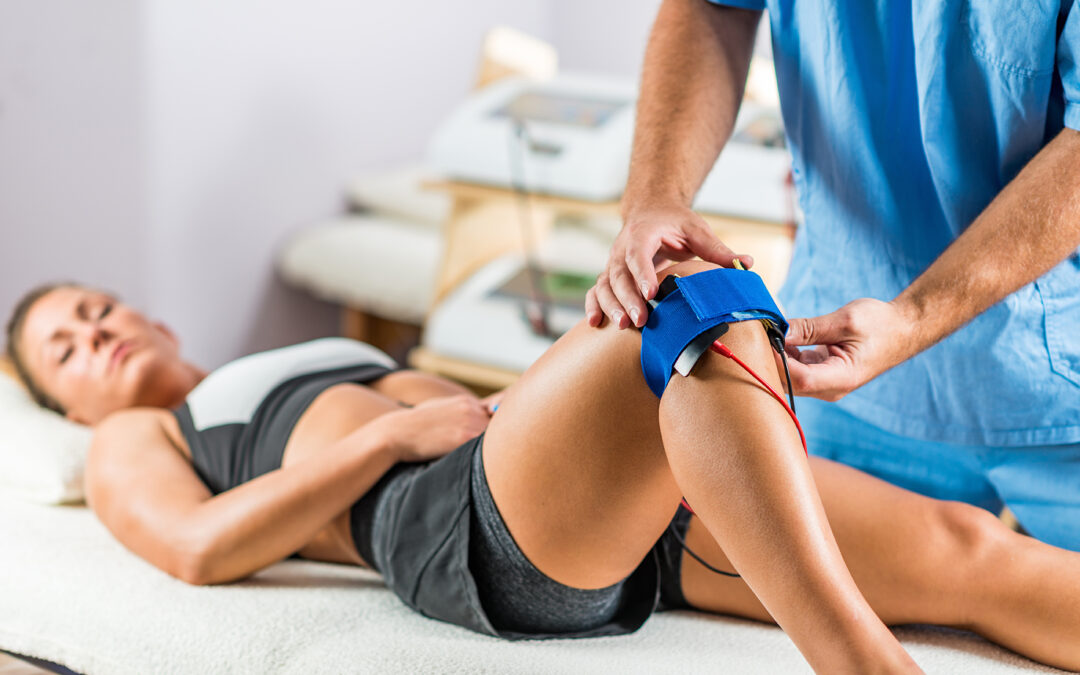Contents
After a serious knee injury or if your knee joints have worn down due to arthritis, you may need to undergo a knee replacement surgery. Undergoing this surgery can be a life-changing experience. It can provide relief from the symptoms of your former condition. However, the journey to full recovery does not usually end with the procedure. The whole ordeal can be a long and difficult process. When you get knee surgery, the results can have a major impact. The often intensive knee procedures can lead to a long path to recovery. You do not need to take on the challenges of recovery alone. Postoperative rehabilitation can help you through each step of the process. Rehabilitative physical therapy can be a great route for addressing your knee replacement surgery as you recover.
Top reasons for scheduling physical therapy after knee replacement surgery
- Pain management — Patients often experience pain for a period of time following surgery. To address the condition of chronic pain, you may want to schedule a physical therapy session. An experienced physical therapy specialist can understand the importance of pain relief. This is why physical therapy for knee replacement can involve techniques like manual therapy to alleviate knee pain. Physical therapy can also promote healing, leading to relief that lasts.
- Gait training — After knee replacement, patients often have to learn how to walk correctly again. Physical therapy for knee replacement can focus on retraining your walking patterns. Learning proper gait mechanics can help you regain the ability to walk in a more natural pattern.
- Minimizing scar tissue — Scar tissue can form around the surgery site after an operation. The tissue often forms at the incision site and sometimes around the joint. Excess scar tissue can lead to reduced mobility as the tissue is firm and stiff. To minimize scar tissue as you heal, promoting healthy tissue healing is essential.
- Improved coordination — You may notice that your movements are less coordinated after surgery. Physical therapy treatments for knee replacement can include targeted exercises. These exercises are meant to enhance your balance and coordination. This can help reduce the risk of new injuries from falling. Physical therapy can target the physical mechanisms involved in balance. In doing so, it can help you regain confidence in your movement.
- Home exercise programs — A newly replaced knee can make it difficult to get around. Your physical therapist can create a home exercise program for you and show you how to perform your exercises correctly. By following your therapist’s instructions for at-home exercises, you can support your recovery outside of regular sessions.
- Individualized treatment — Each person in rehabilitation has different needs and priorities. This leads physical therapy specialists to design personalized treatment plans for each patient. Physical therapy for knee replacement surgery is no different. Your physical therapy specialist can create a comprehensive program designed to address your unique challenges and goals. This can help to maximize your recovery potential.
- Enhanced stability — Following knee surgery, it is important to keep your knee stable. Keeping your knee stable at the joint can help prevent future injuries and ensure optimal functioning. To reduce the risk of injuries caused by instability, your physical therapist will incorporate PT techniques to stabilize the joints. Some specialized therapies like aquatic therapy can help enhance stability as well.
- Muscle strengthening — Patients are often instructed to stay off their feet before and after knee replacement surgery. Although this can be important for preventing re-injury, it can also lead to muscle atrophy over time. To prevent this and restore muscle strength, your physical therapist will recommend physical therapy exercises. These exercises can target the muscles around the knee joint. By strengthening muscles like the quadriceps and hamstrings, you can help provide better support for your new knee.
- Return to activities — Returning to daily activities is a priority for many people in postoperative rehab. Physical therapy specialists understand this and will work to help patients reach a complete and speedy recovery. Your physical therapy specialist can guide you through a progressive rehabilitation program. This program may gradually reintroduce activities and exercises specific to your daily life. A gradual approach can help ensure that your transition is safe and effective.
Lattimore Physical Therapy is a great choice for post-knee replacement care
For physical therapy after knee replacement surgery, Lattimore Physical Therapy stands out. Our collaborative approach to physical therapy is crafted to make sure that patient voices are heard and incorporated into the treatment process. When you are looking for rehabilitative physical therapy for your knee replacement, it is essential to find a clinic that cares. With Lattimore PT, you can gain access to a team that makes you the first priority.
Contact our team today for more information or to schedule an initial appointment.



